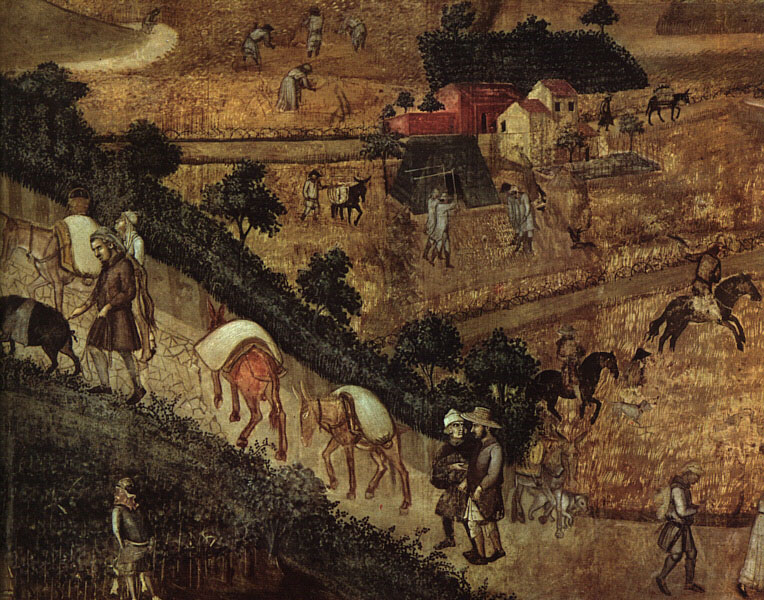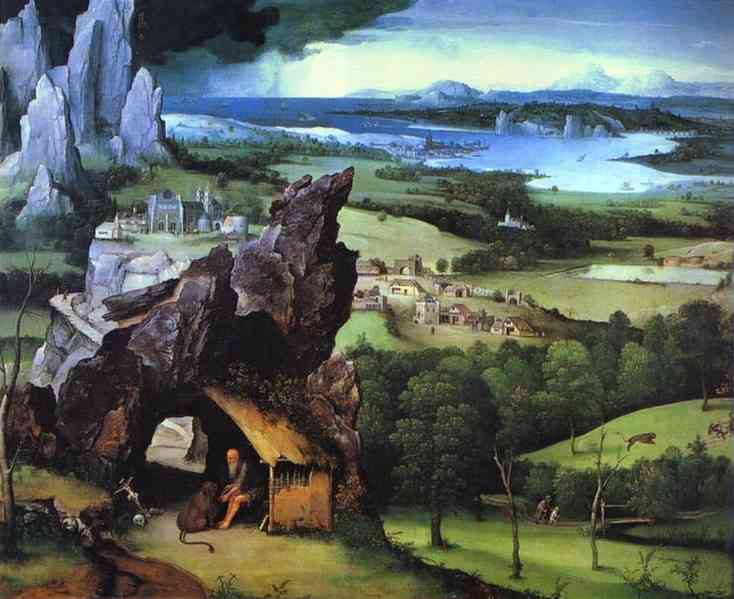Talk on the Field of Gold
Field of Cloth of Gold
Event June 7 to June 24 1520
Painting probably 1540, artists unknown.
Holbein was not the artists and he died 1543.
Secular paintings go out of fashion and it is lucky to have survived.
Map type painting.
Holy roman Emperor was Charles V (born 1500 and recently appointed in 1520).
5,172 English attendants, 27 ships, 2,000 horses, 200 sheep for food.
Henry arrived May 31 and asked for a weeks delay so he and his wife could recover.
Event started June 7.
French king was Francis I.
Henry stayed in Guines, the border town of English Calais; Fran'ois I stayed in French Ardres. Lavish tents were set up in a field in no man’s land in the middle – the celebrated Field of the Cloth of Gold. Here they met – and showed off ! – for several days at near the village of Guines.
Francis invited Henry to a wrestling match and won, honour was restored later when Henry won at archery and towards the end Francis appeared early one morning to be Henry ‘s chamber servant and help get him dressed.
Henry ‘s crystal palace, a temprorary palace, the 8 th wonder of the world. Stone base with brick painted canvas on wood beams above. A lot of clear glass, thus the name.
Other relevant paintings.
Lorenzetti, Siennese painter
Slide 1: Good Government
Frescoes of the Good and Bad Government
by Ambrogio LORENZETTI
Ambrogio Lorenzetti frescoed the side walls of the Council Room (Sala dei Nove) of the City Hall (Palazzo Pubblico) of Siena. The size of the room is 2, 96 x 7, 70 x 14, 40 m. The subject of the frescoes are the Good and Bad Government and their effects on the life of the cities and villages.
The Allegory of the Good Goverment is situated on the smaller wall opposite to the windows. The composition is built up from three horizontal bands. In the foreground the figures of contemporary Siena are represented. Behind them, on a stage, there are allegoric figures in two groups, representing the Good Government. The two groups are connected by the procession of the councillors. The upper band indicates the heavenly sphere with the floating bodyless ghosts of the virtues.
The enthroned man on the right side of the middle band represents the city of Siena and embodies the Good Government. Around his head the four letters C S C V (Commune Saenorum Civitatis Virginis) explain his identity. At his feet the two plating children are the sons of Remus, Ascius snd Senius, the founders of Siena according to the Roman legends….
, one of the first landscapes 1320.
1540 nedelandish artists were pioneers of landscape.
Cornelius Matsys, son of Quentin, a pioneer of pure landscape.
Slide 2: Joachim Patinir
Flemish Northern Renaissance Painter, C. 1485-1524
(Also known as: Joachim Patenier )
Relationships:Studied under Quentin Massys.
It was before Breughel (1550 ‘s)
Cornelius Antonees (?) from Amsterdam.
Henry VII
First portrait of Henry VIII as a teenager.
Terracota bust of Henry VIII, Torigiano (the one who broke Michelangelo ‘s nose) came to England.
Miniature Henry VIII, Harnibolt.
Hilliard and Oliver continued the tradition of miniatures in England.
Francis I
Queen Claude.
